First ride: 2011 Shimano XTR M980
Shimano flexes its engineering muscle on new XTR M980



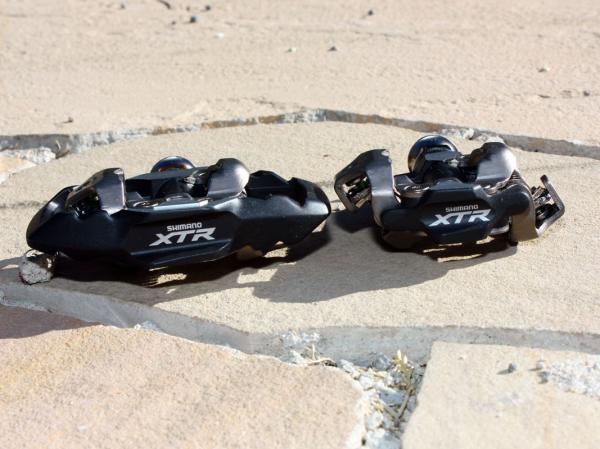




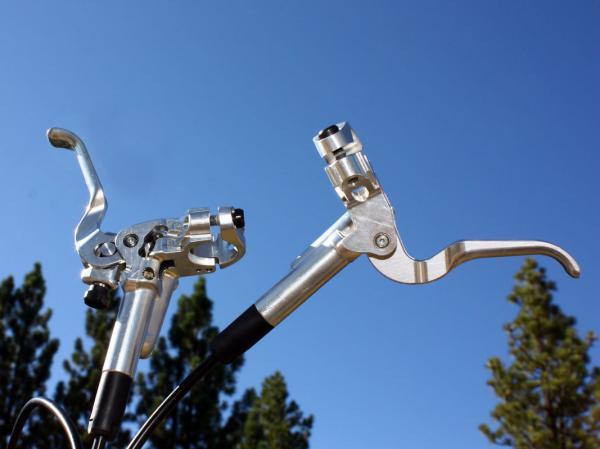




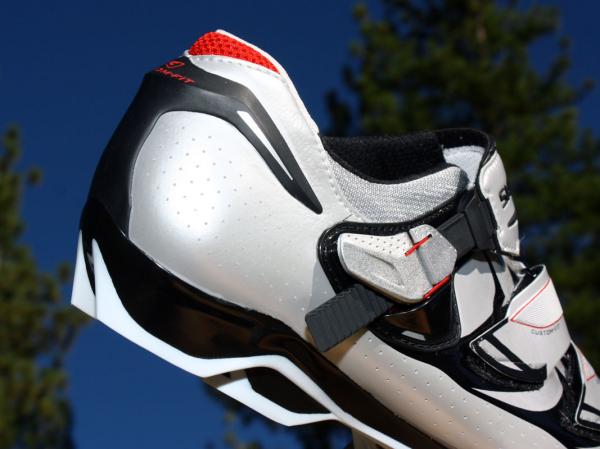












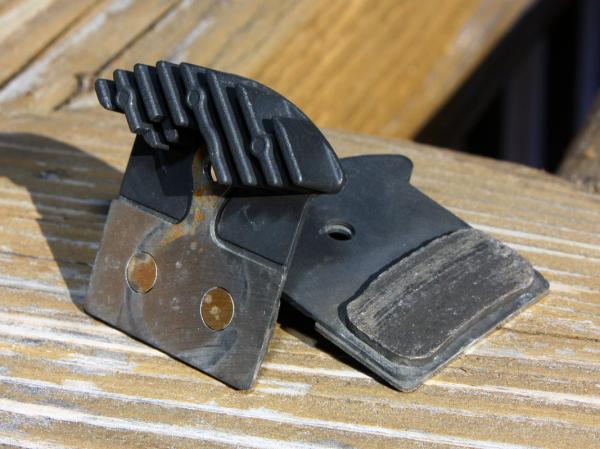

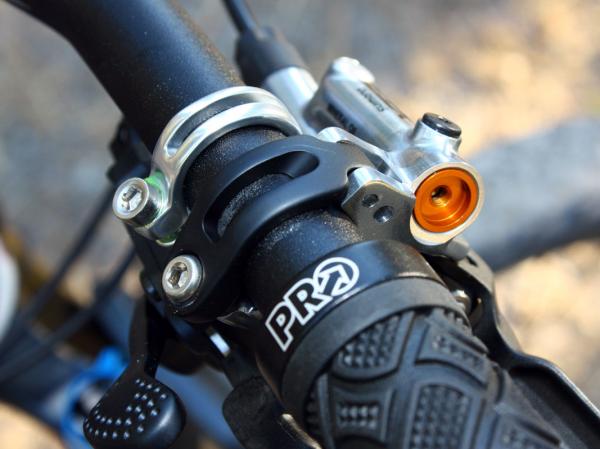




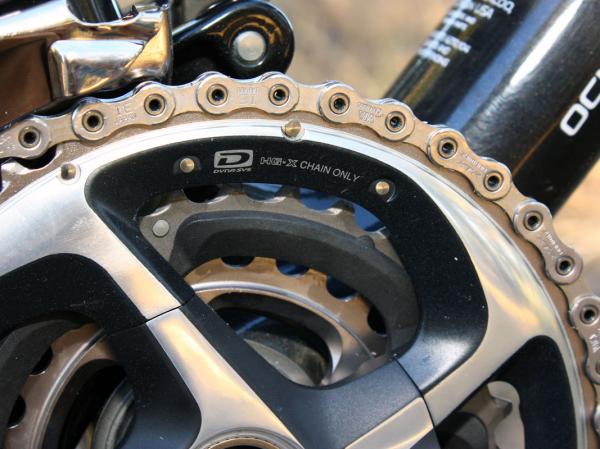









Shimano's new XTR M980 flagship mountain bike group has thus far been little more than a bunch of studio glamour shots, a collection of whiz-bang new features, and a list of emotionless facts and figures. But we were finally able to take the more trail-oriented bits (there's a more race-targeted variant coming a little later) out for an initial thrashing around the spectacular Lakes Basin network of trails overlooking Graeagle, California plus a top-to-bottom, 1,480m (4,850') high-speed run down an especially blown-out Downieville Classic downhill course.
So what's our initial conclusion? As expected, M980 is an impressively refined and thoroughly engineered piece of kit and while it definitely addresses the shortcomings of the prior generation, even we didn't quite expect just how much better it would end up in reality.
Brakes: more power, superb control, tighter look and feel
XTR M970 brakes were a benchmark for modulation but what it boasted in control, it notably lacked in brute force with even the larger rotor options failing to deliver enough power for more demanding situations. With M980 Trail, however, Shimano claims a 25 percent increase in absolute braking power (the Race version gets a more modest 10 percent bump) and it thankfully feels like every bit of that on the dirt.
Whereas before you were occasionally grabbing the levers for dear life hoping to scrub off enough speed, even hard braking is now easily done with a single finger and we never felt the need for anything bigger than our 180/160mm front/rear rotor setup – even at Downieville where our max speed topped 55km/h (35mph) – nor did we experience any fade.
To be fair, we had to stop a few times during the run to wait for slower members of the group (during which the brakes obviously cooled off) but even so, some of the credit for the fade resistance still goes to Shimano's Ice Tech features. Cooling fins are integrated into the backing plates on our Trail-edition pads and the three-layer, two-piece spidered rotors include a layer of aluminum sandwiched between two outer sheets of stainless steel – all in the name of dissipating heat.
Though it's hard to say exactly how well it works under more rigorous testing conditions (we've already got our long-term test group in hand and will have plenty of opportunity to do fade testing back in Colorado), Shimano engineers claim up to a 100°C reduction in surface temperatures relative to a standard stainless rotor.
The latest race content, interviews, features, reviews and expert buying guides, direct to your inbox!
More impressive is that the additional power hasn't come at the expense of the predecessor's outstanding modulation and though M980 has far better initial bite, it still isn't objectionably grabby, at least with the resin pad compounds (we'll sample the new metal compounds a little later). Key to our Trail version's performance is the Servo Wave variable-rate master cylinder design, which provided a quick and definitive pad contact point but then ramped up the leverage ratio for more power and just a bit of 'squish' at the lever, as compared to the firmer feel of main competitor Avid.
New, oversized caliper pistons place more even pressure on the pads, too, and a swap to full-ceramic construction (older ones were aluminum cups with even smaller phenolic inserts in the center) adds further heat resistance to the system – not to mention better temperature stability overall for reportedly more consistent pad retraction in a wide range of environments. Shimano has even given XTR M980 a new hydraulic hose with a smaller internal bore but larger barb inserts for reduced power loss.
The more compact layout ditches the old radial master cylinder architecture for a unique double-barreled inline setup that offers much improved ergonomics and a main pivot point moved closer to the bar for a more natural-feeling arc (yes, Avid, you were right all along). The blade itself is surprisingly short and ideally shaped for one-finger braking – but still suited for two-finger use depending on positioning – but also 14mm-wide (13mm on the Race version). Machined-in dimples on the blade surface are also notably effective at improving finger grip.

While older Shimano XTR disc brakes used relatively small cupped aluminum pistons and phenolic inserts to help keep the hot pads isolated from the oil, the new brakes use bigger ceramic pistons that can apply force more evenly to the pad.
Our Trail-edition brake levers also featured tool-free reach adjust and a tunable pad contact point. As before, the 'Free Stroke' pad contact adjustment range is on the narrow side and still requires a Phillips head screwdriver but the reach adjustment range is positively enormous. At the closest setting the lever nearly bottoms on the bar before the pads contact while our large-sized hands could barely reach the lever at the other end – impressive.
Final details include hinged clamps (finally!) and an easier bleed procedure but riders who run their brakes moto-style will undoubtedly note the fact that XTR M980 levers still can't be swapped left-to-right without having to disconnect the hoses.
Shifting: speedier and smoother with best-in-industry refinement
Put aside fears of sloppier or more finicky rear shifting with the move to 10-speed as even Shimano's own Dura-Ace mechanical road group can only dream of being half this good.
If we had our eyes closed and weren't counting, not only would we not have guessed that the cog spacing was tighter but we'd even say that M980 feels tighter, more precise, and smoother under power than the previous 9-speed setup (at least when covered in layers of Northern California moon dust – we'll let you know how heavy mud affects things later).
Key to the improved rear shift performance is a new cable pull ratio that reduces line tension and is more tolerant of slight maladjustments and housing friction. Shimano says it's just a 20-30 percent increase so it's not quite as dramatic as SRAM's 1:1 setup but combine that with the rear derailleur's longer and more linear return spring, it still makes for a notably snappier and less vague feel overall nevertheless plus better performance on bikes that run full housing – especially when you move the chain into the outermost cogs where M970 could sometimes hesitate.
Front shifts in either direction are more refined, too, with the improvements again being most noticeable under full power. We can't say for certain whether credit goes to the tighter 42/32/24T chainring spacing of our three-ring test setup, the revised front derailleur cage shaping, or the new hyper-engineered directional chain (more on both in a bit) but no matter – if you though M970 was good, be prepared for a pleasant surprise.
Not surprisingly, Shimano continues to stick to its 'Light Action' guns and lever effort has actually gone down relative to M970, but the detents have conversely grown stronger in both feel and volume so useful feedback has gone up – a change that will be welcome during both longer events where hand fatigue can be a real concern and in rougher terrain. Further adding to the lower effort is a longer pull lever (again, with a dimpled surface for less finger slipping) but the stroke is still comparable to M970.
Thankfully carrying over from M970 shifters are the same 2-Way Release, Multi-Release, and Instant Release features, plus the laterally adjustable pod positioning. Sorry, the pull lever still isn't adjustable like SRAM's XX or X0 but the stock position is quite agreeable so we honestly didn't feel the need to move it anyway.
Drivetrain: further evolution of proven themes
XTR's M980 hollow-forged aluminum crankarms ditch M970's press-fit non-driveside arm and threaded bearing preload adjuster in favor of a simpler pinch bolt setup similar to what's used in the rest of Shimano's lineup. A few grams have been shaved, too, but otherwise the changes are mostly cosmetic and include the new highly polished two-tone finish and visually swirled chainring spider (BCD on the triple remains the same, though).
As before, the outer ring still boasts a deep profile for fantastic rigidity (which manifests in better shift quality and fewer bent chainrings) and the middle ring is again a titanium-and-carbon composite hybrid that's nearly as light as a standard aluminum ring but much stiffer and longer-wearing.
Aside from the extra cog, the new cassette is little changed from the previous generation with five titanium cogs and five steel ones, and three separate alloy spider assemblies to keep cog flex at bay and save weight.
XTR M980's new chain, however, is one of the most prominent examples of Shimano's considerable engineering prowess. As with its Dura-Ace cousin, XTR now boasts a directional design with specific inner, outer, non-driveside and driveside plates that are all specifically chamfered, carved and shaped for their particular purpose – the inner plates for climbing up the cassette cogs and the outer plates for clawing up progressively bigger chainrings.
In addition, the tolerances between the plates and rollers have been tightened up while the inner sides of the outer chain plates have been relieved, which should make for reduced contamination in nasty conditions (and hopefully better lubricant retention) along with better mud shedding.
While the dry test conditions didn't offer much of an opportunity to test the weatherproofing of the chain, we can definitely say that the additional outer chamfering makes for an impeccable quiet drivetrain. Save for the extreme cross-gear combinations, XTR M980 is wonderfully silky smooth, and even violently knocking off a couple of teeth from our big ring could detract from it. Will it stay that way over time? We'll have to wait and see but initial impressions are very favorable.
The last major drivetrain improvement is with the new Trail and Race pedals, both of which boast wider axle bearing spacing, roughly 2mm-lower stack heights and wider platforms. The first two improvements are nice and all but it's the bigger platforms that are really noticeable underfoot, especially in the Race version.
